Discovering picture-perfect route through Truong Son forest
The western branch of the Ho Chi Minh Road from Quang Binh to Quang Tri captivates visitors with its pristine, tranquil wilderness amid the immense Truong Son mountain range and its historic sites. The majestic landscape here unveils great potential for developing eco-tourism and heritage tourism.
Chasing clouds on mountain peaks, exploring primeval forests
Among the 30 provinces and cities through which the Ho Chi Minh Road passes, Quang Binh and Quang Tri feature both eastern and western branches. Quang Binh boasts the longest stretch (320 km), starting from the Khe Gat junction in Xuan Trach commune, Bo Trach district.
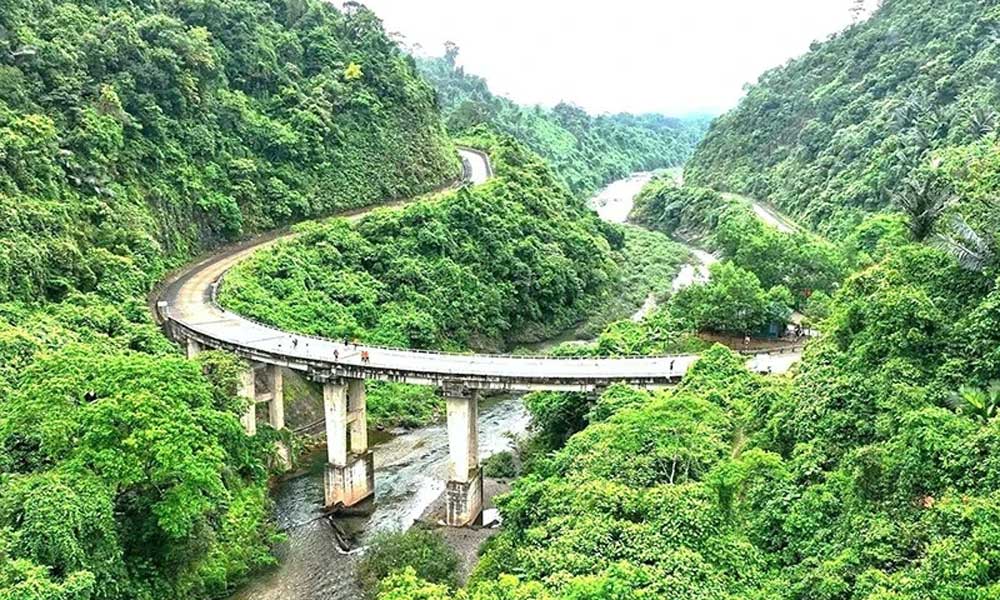 |
|
The western branch of the Ho Chi Minh Highway running through Le Thuy District, Quang Binh Province. |
Once a fierce war zone, U Bo is now an ideal spot for cloud hunting. From the U Bo Forest Ranger Station, visitors take about 30 minutes to hike up the mountain and enjoy panoramic views of the Truong Son forest and Dong Hoi city.
Continuing southwards, travellers pass through Truong Son commune, Quang Ninh district, to the Dong Chau - Khe Nuoc Trong Nature Reserve, home to numerous beautiful streams and waterfalls.
This area serves as a connection point to several tourist attractions in Le Thuy district, such as Bang Stream, Than Dinh Mountain, and the memorial house of General Vo Nguyen Giap.
According to Dr. Bach Thanh Hai, Director of the Nature Reserve Management Board, the reserve covers more than 22,000 hectares of primary forest and is ranked among the world’s 200 biodiversity hotspots, making it ideal for developing eco-tourism and immersive nature experiences.
Along the western branch of the Ho Chi Minh Road leading to Quang Tri, notable highlights include Ta Puong Waterfall, Sa Mu Pass, Brai Cave, and Ta Con Airport. Particularly striking is the “wind farm hill” in Khe Sanh town, which creates a poetic scene that draws visitors to capture photos amid a sea of floating clouds.
Towards developing eco-tourism
Tran Xuan Cuong, Director of Netin Travel Company, states that the western branch of the Ho Chi Minh Road is considered one of the top 10 most scenic motorcycle touring routes worldwide.
 |
|
Tourists ziplining and crossing the Duong Cam waterfall in the Dong Chau–Khe Nuoc Trong Nature Reserve. |
This route links various eco-tourism and community tourism sites such as Cha Cung - Cha Rao Stream, Cha Loi Cave, Cu Vo Hill, Ho Rum village, and Chenh Veng village.
The Dong Chau - Khe Nuoc Trong Management Board has planned eight types of tourism and 18 tourism products, initially coordinating tours to explore Duong Cam Waterfall and Heaven’s Gate. Although visitor numbers remain low, these efforts lay the foundation for sustainable development.
According to Cuong, international tourists are very fond of this route, often motorbiking from Hue to Phong Nha. However, infrastructure is still lacking, many areas have no electricity, mobile phone coverage, or commercial services.
Being a border region, international visitors must register several days in advance to stay overnight, which poses a significant limitation.
Deputy Director of the Quang Binh Department of Culture, Sports and Tourism, Dang Dong Ha, reveals that the development plan through 2030, with a vision to 2050, aims to make southern Quang Binh, where the western branch of the Ho Chi Minh Road runs, one of four key tourism clusters focused on culture, history, and resort tourism.
Beneath the canopy of the vast Truong Son forest, the western branch of the Ho Chi Minh Road embraces both pristine beauty and heroic historical memories. This route is not only a path through magnificent nature but also a journey back to roots, honoring the sacrifices of previous generations.
To effectively tap into the potential of this legendary route, detailed surveys and infrastructure investments are needed, along with developing tours that connect historical relics with the Truong Son natural environment. This effort aims not only to boost tourism but also to pay tribute to ancestors and create livelihoods for border communities.
 Bắc giang
Bắc giang

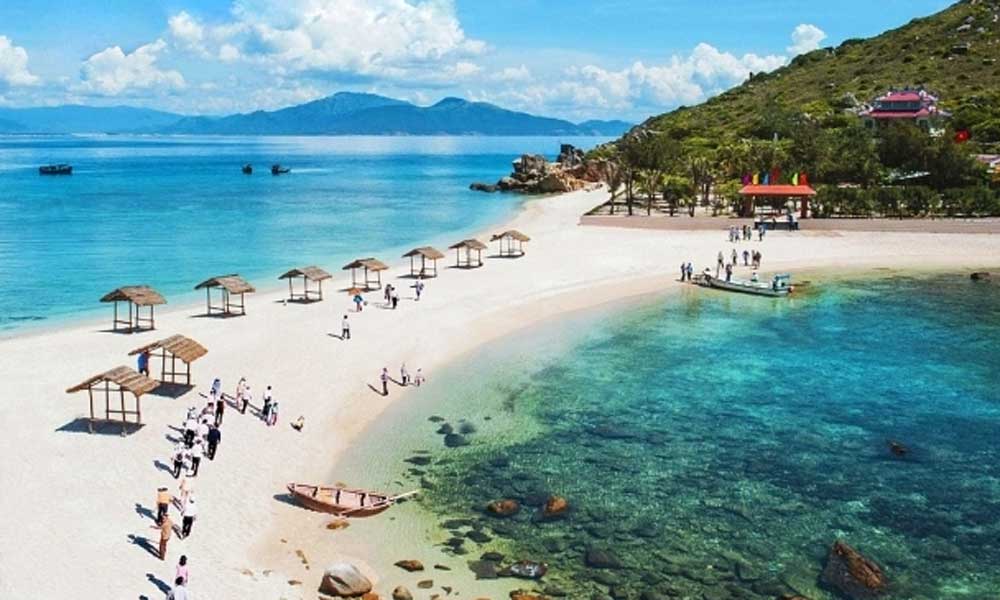


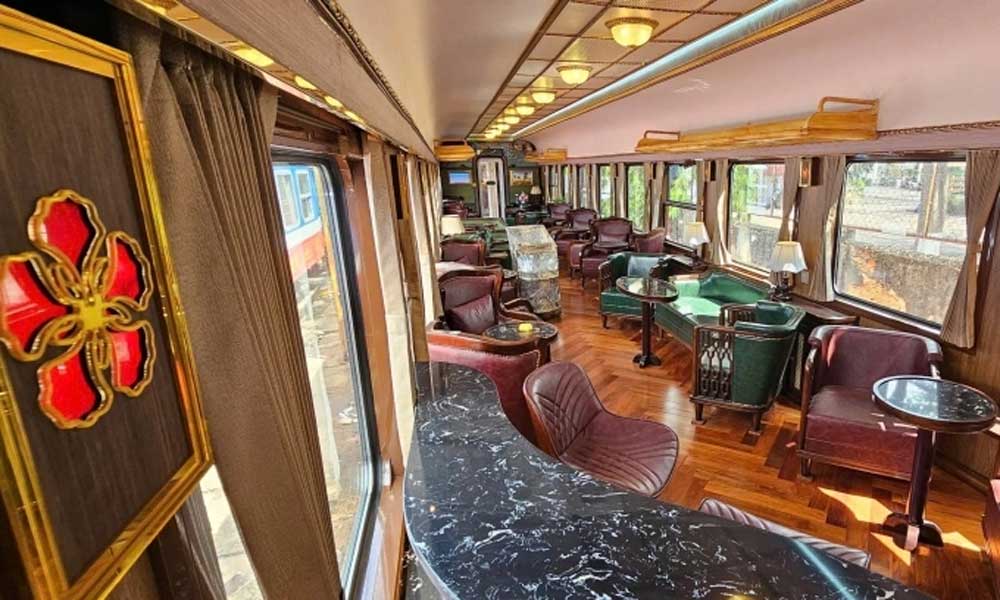
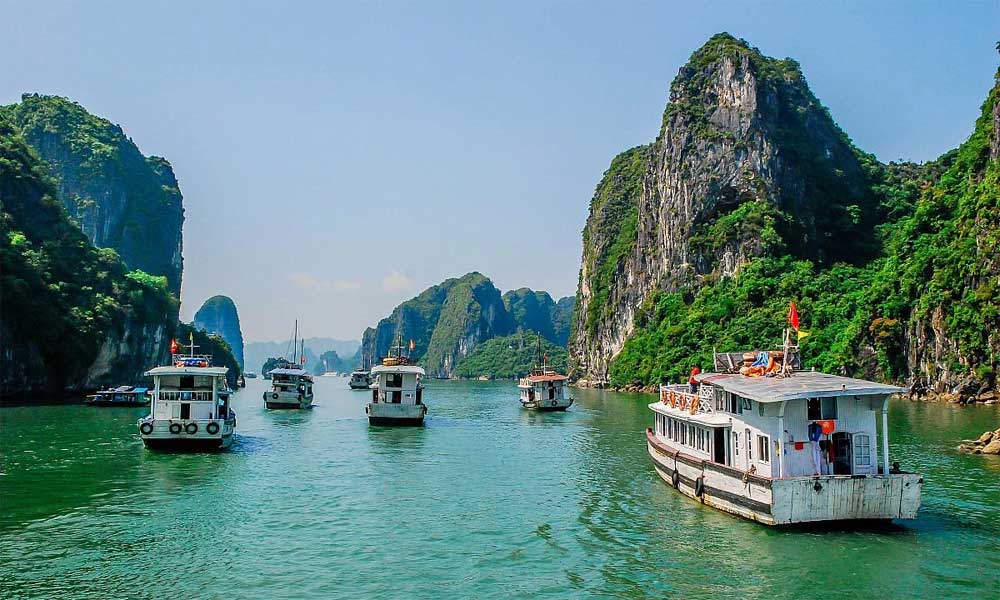




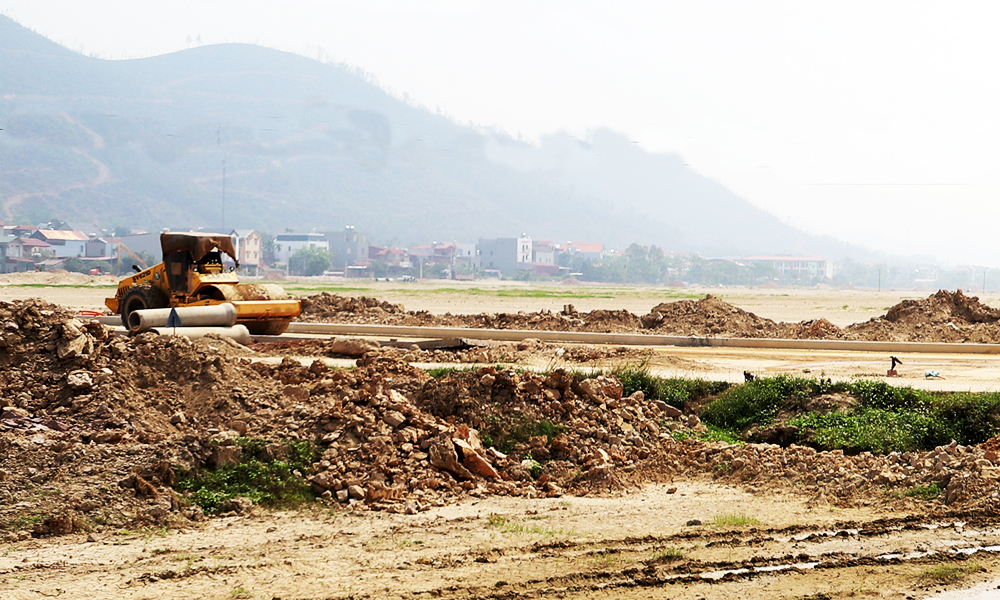


Reader's comments (0)